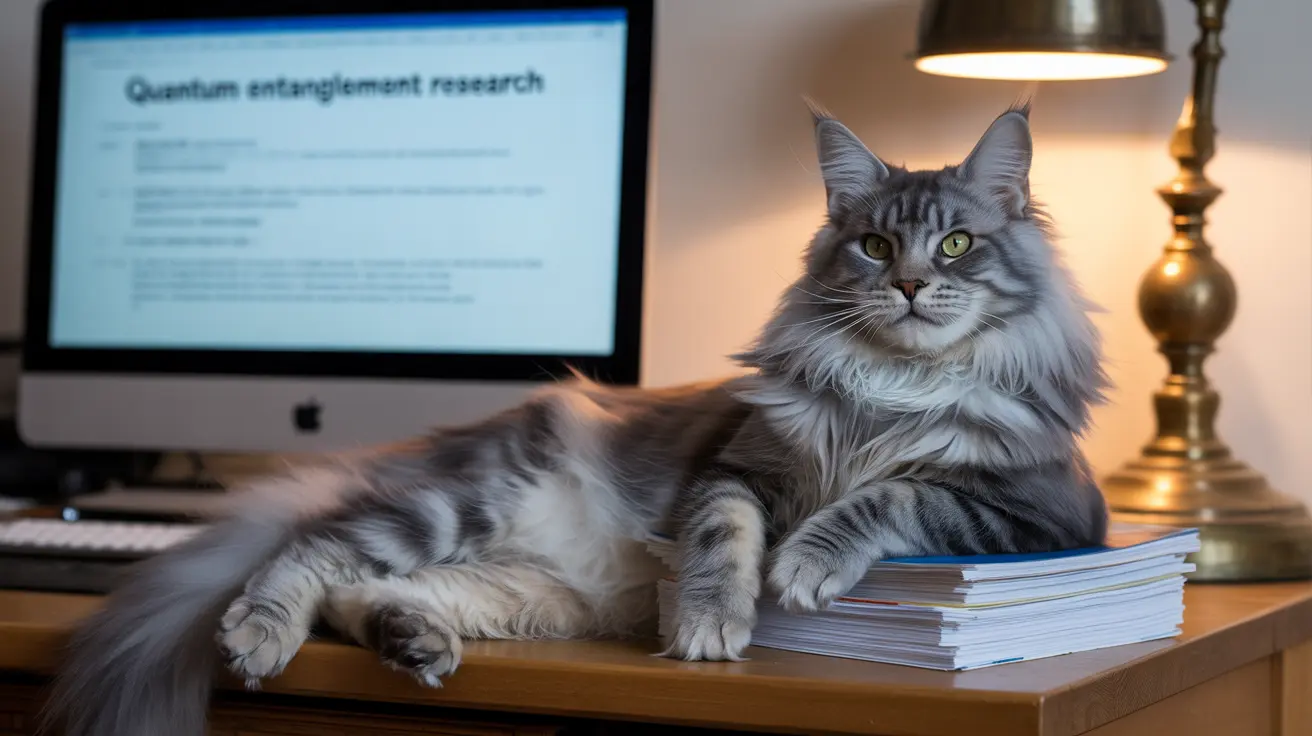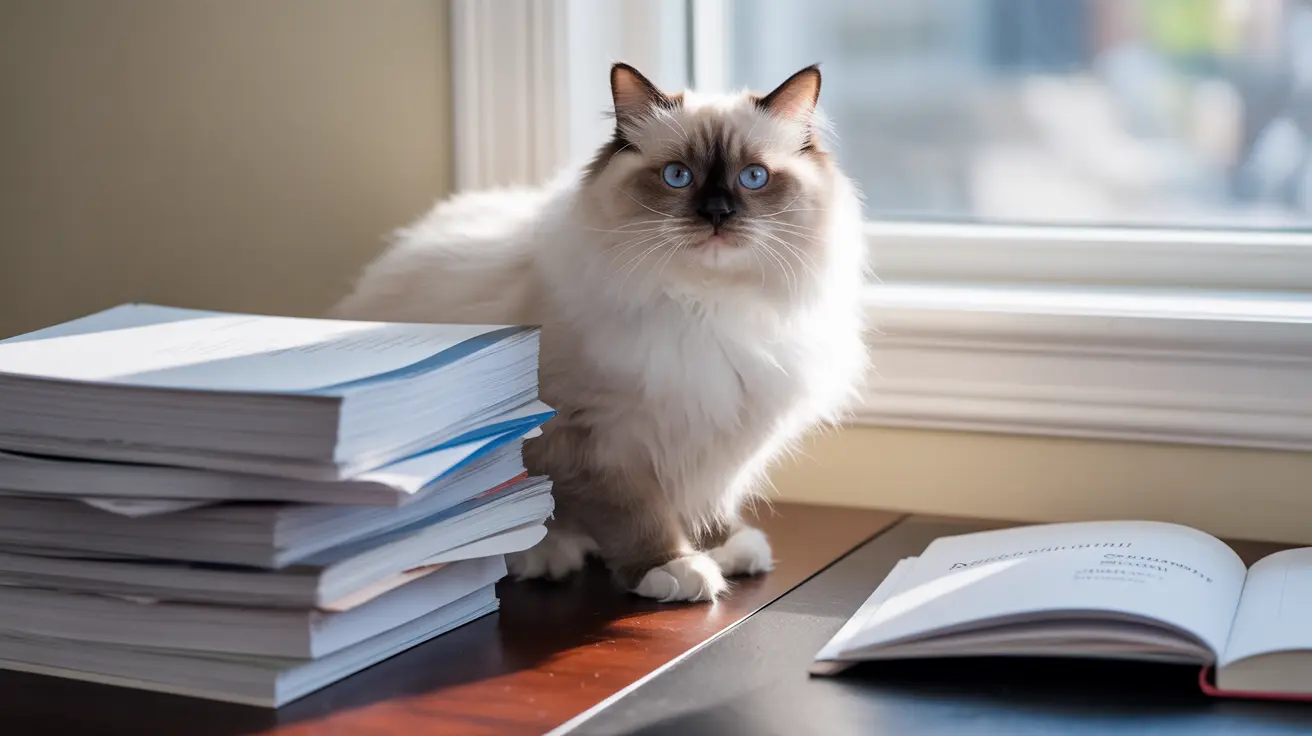The German Shepherd Lab Mix: Sheprador Traits and Care
The German Shepherd Lab mix, commonly known as the Sheprador, brings together two of the world’s most beloved breeds: the German Shepherd and the Labrador Retriever. This hybrid combines the best of both parents—intelligence, loyalty, and boundless enthusiasm—making it an appealing choice for active families and experienced dog owners.
Physical Characteristics
Shepradors are typically medium to large dogs, weighing anywhere from 50 to 90 pounds. Their appearance can vary widely, even within the same litter. Some may inherit the erect ears of their shepherd parent, while others display the floppy ears characteristic of labs. Coat colors include black, chocolate, yellow, or sable. Their dense double coats shed heavily throughout the year.
Temperament and Personality
This mix is celebrated for its affectionate and loyal nature. Shepradors are intelligent and eager to please, making them highly trainable with positive reinforcement methods. They’re also energetic and playful—traits that make them wonderful companions for children (with supervision due to their size and exuberance). Early socialization helps ensure they get along with other pets.
- Loving and loyal companions
- High energy levels requiring daily exercise
- Protective instincts without unnecessary aggression
- Sometimes anxious or reactive in new situations
Exercise Needs
If you’re considering a Sheprador, be prepared for lots of activity. These dogs thrive on physical exercise like long walks, jogging, swimming, or hiking. Mental stimulation is just as important—they enjoy games that challenge their minds such as scent work or advanced obedience tasks. Without enough activity or companionship, they may develop unwanted behaviors like barking or chewing.
Training and Socialization
Early training is crucial for this intelligent hybrid. Positive reinforcement works best; Shepradors love learning new skills such as agility or tracking. Exposing them to different people, animals, environments, and activities from puppyhood helps prevent fearfulness or aggression later in life.
- Start socialization early to build confidence
- Use reward-based training techniques
- Teach basic commands before moving to advanced skills
Grooming Requirements
The Sheprador’s thick coat sheds heavily year-round. Regular brushing several times a week keeps shedding manageable and promotes a healthy coat. Bathing should be done only as needed so you don’t strip away natural oils. Don’t forget routine ear cleaning (especially if your dog inherits floppy ears), nail trimming, and dental care.
Health Considerations
This hybrid shares many health concerns with its parent breeds:
- Hip and elbow dysplasia: Joint malformations leading to pain; screening parent dogs can help reduce risk.
- Bloat (gastric dilatation-volvulus): A serious condition in large breeds; feed smaller meals with slow-feeder bowls.
- Eye conditions: Such as pannus or progressive retinal atrophy which may cause vision loss.
- Obesity: Both Labradors and Shepradors love food—monitor portions carefully.
Lesser-known issues include heart conditions like tricuspid valve dysplasia, degenerative myelopathy (a neurological disease), exercise-induced collapse, and allergies.
Nutritional Needs
A balanced diet tailored to your dog’s age, size, and activity level is essential. Puppies usually need three meals daily; adults do well with two. Treats should make up less than 10% of daily calories to avoid weight gain. Only add supplements if your veterinarian recommends them.
Lifestyle Considerations for Owners
- You’ll need time each day for exercise and play.
- Shed management means regular grooming sessions.
- An experienced approach to training is beneficial but not strictly necessary if you’re committed to learning alongside your dog.
Adequate indoor space—and preferably access to a yard—helps these energetic dogs burn off steam. Financial preparedness for both routine checkups and unexpected veterinary needs is important when bringing home any large breed mix.
The Ideal Home Environment
This isn’t the best breed for everyone. Shepradors do best in homes where someone can provide companionship throughout the day; they may develop separation anxiety if left alone too long. Their protective instincts make them effective watchdogs without being overly aggressive if properly socialized from an early age.
- An active family that enjoys outdoor activities will suit this breed well.
- A commitment to ongoing training ensures a well-mannered companion.
Lived Experiences from Owners
The personalities of individual Shepradors can differ dramatically: some are bouncy clowns always up for playtime; others are sensitive souls attuned to their family’s moods. Many owners highlight the importance of early socialization—not just with people but also with other animals—to prevent reactivity or excessive protectiveness later on.
- Mental challenges like scent games keep these dogs happy.
- Sensitivity means they respond best to gentle guidance rather than harsh corrections.
The Bottom Line: Is a Sheprador Right For You?
If you’re looking for an energetic companion who’ll stick by your side through thick and thin—and you’re ready for the responsibilities of training, exercise, grooming, and healthcare—the German Shepherd Lab mix could be an excellent addition to your household. With proper care (and plenty of love), these hybrids become affectionate family members who bring joy wherever they go.





